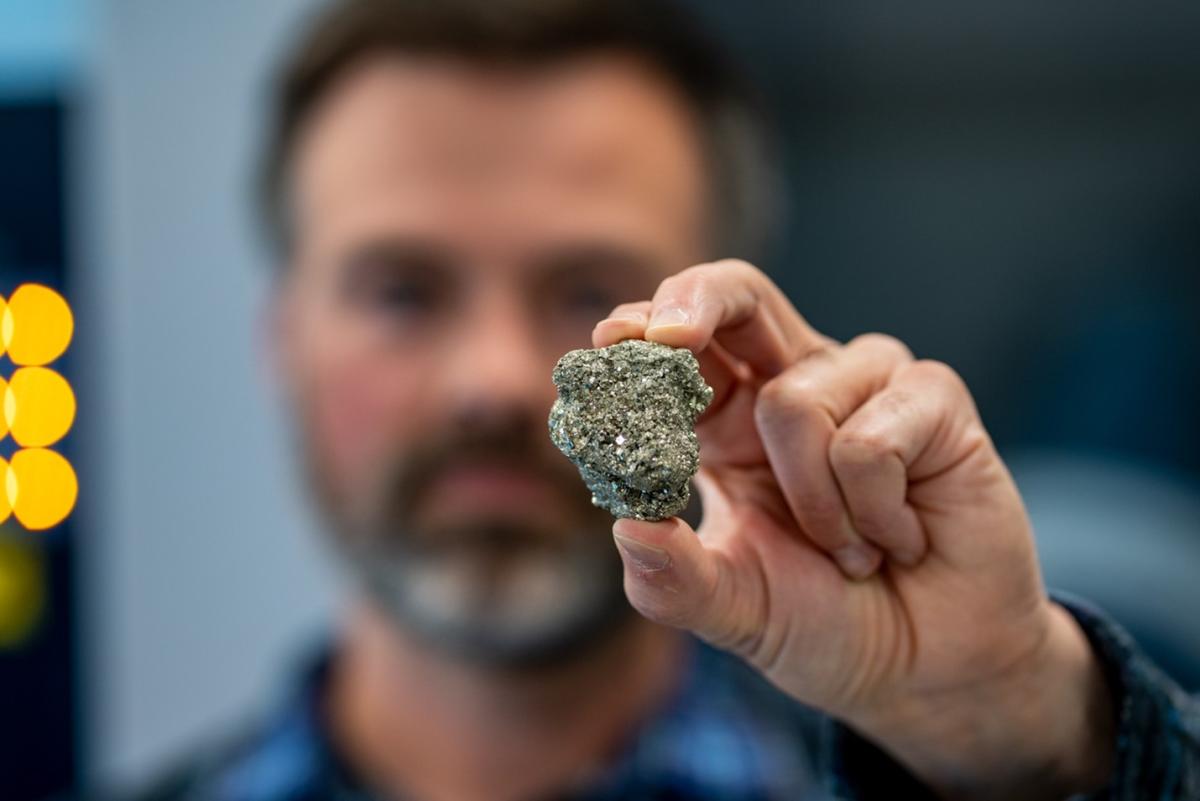DizzyDigger
Gold Member
- Dec 9, 2012
- 6,354
- 12,884
- Detector(s) used
- Nokta FoRs Gold, a Gold Cube, 2 Keene Sluices and Lord only knows how many pans....not to mention a load of other gear my wife still doesn't know about!
- Primary Interest:
- Prospecting
Found this article really interesting...and wondering how we can use the
new form of cataloging minerals to help locate deposits.
Short excerpt:
"Take, for example, pyrite crystals (commonly known as fool’s gold). “Pyrite forms in 21 fundamentally different ways,” Hazen said. Some pyrite crystals form when chloride-rich iron deposits heat up deep underground over millions of years. Others form in cold ocean sediments as a byproduct of bacteria that break down organic matter on the seafloor. Still others are associated with volcanic activity, groundwater seepage or coal mines."

 www.quantamagazine.org
www.quantamagazine.org
new form of cataloging minerals to help locate deposits.
Short excerpt:
"Take, for example, pyrite crystals (commonly known as fool’s gold). “Pyrite forms in 21 fundamentally different ways,” Hazen said. Some pyrite crystals form when chloride-rich iron deposits heat up deep underground over millions of years. Others form in cold ocean sediments as a byproduct of bacteria that break down organic matter on the seafloor. Still others are associated with volcanic activity, groundwater seepage or coal mines."

Life Helps Make Almost Half of All Minerals | Quanta Magazine
A new origins-based system for classifying minerals reveals the huge geochemical imprint that life has left on Earth. It could help us identify other worlds with life too.






